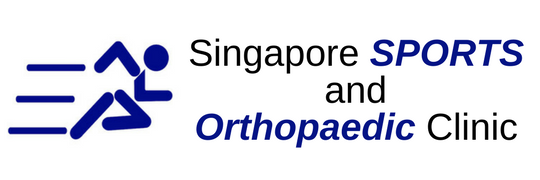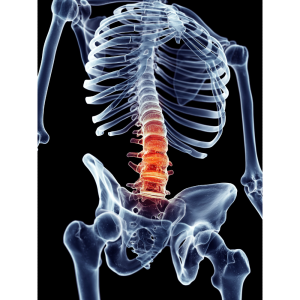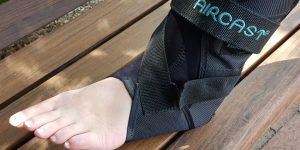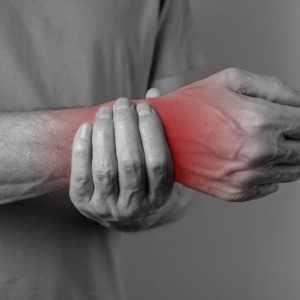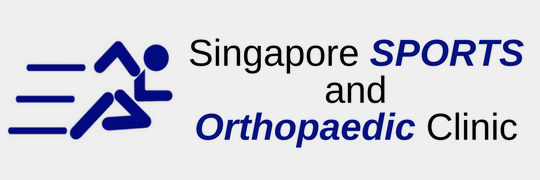Many of us experience pain daily in our lives such as pain in our joints and back. We often simply accept it as part of aging and simply take painkillers or stop doing activities which we love. While it is a fact, we should not accept it without any professional medical help. Orthopaedic surgeons treat conditions relating to our musculoskeletal system which covers the bones, joints, ligaments, tendons and nerves. Depending on the severity of the injury, either surgical or non surgical means can be administered. Many people do not realise that they require the expertise of an orthopaedic surgeon and they are often referred to one by their general practitioner.
There are many reasons and causes for a patient to consult an orthopaedic doctor. Common reasons include:
- 1. Arthritis
- 2. Tumours
- 3. Broken bones
- 4. Joint replacement
- 5. Sports injuries
- 6. Spine injuries
Pain
Pain is the start of all problems and the same goes for orthopaedic problems. Patients often experience discomfort at different parts of their body such as their joints, rotator cuff, wrist or elbow. Even the slightest discomfort may indicate serious injuries. A locked finger could be due to trigger finger and pain after trauma could be due to torn ligaments or broken bones. Back pain could be due to herniated disc or a fractured vertebrae or even spine problems.
Swelling
Swelling indicates an increase in body fluid or blood in that particular area and must not be taken lightly as it could be a sign of serious medical condition requiring surgery. When a patient experiences swelling in his joint, it could possibly indicate osteoarthritis.
Osteoarthritis is the most common joint disorder due to wear and tear on a joint over a prolonged period experienced by elderly patients and signs are swelling of the bones or joints.
Redness
Redness is caused by infection or injury and is often experienced with pain and swelling. Conditions such as tendonitis are often accompanied by redness. If a patient experiences pain and swelling with redness, it could mean a serious complication and an orthopaedic doctor is needed immediately. A decrease in range of motion for joints normally indicates musculoskeletal problems such as a torn ligament.
Visible injuries
Injuries such as sprain and dislocation are visible and they are musculoskeletal injuries which needs orthopaedic treatment. Deformity of the skeletal systems such as hammer toes and club foot will also require orthopaedic surgery to correct them.

